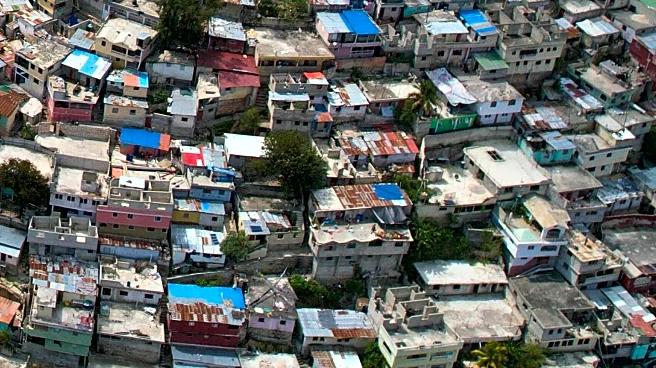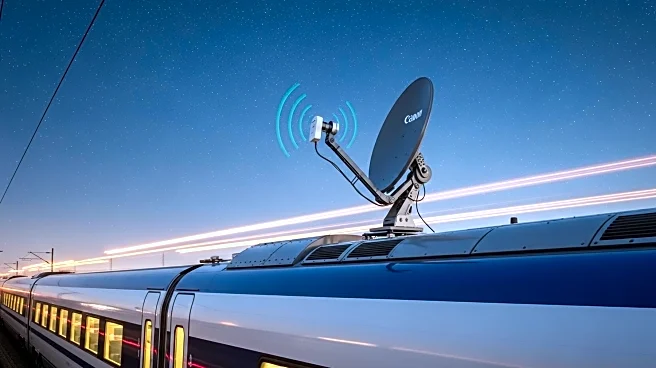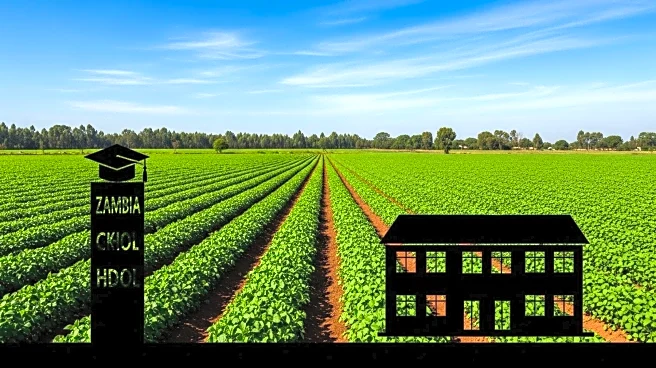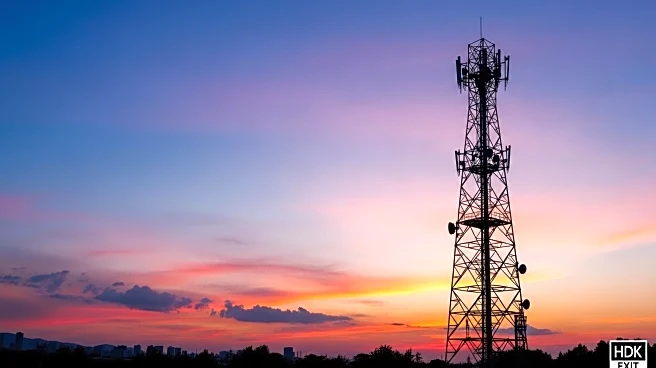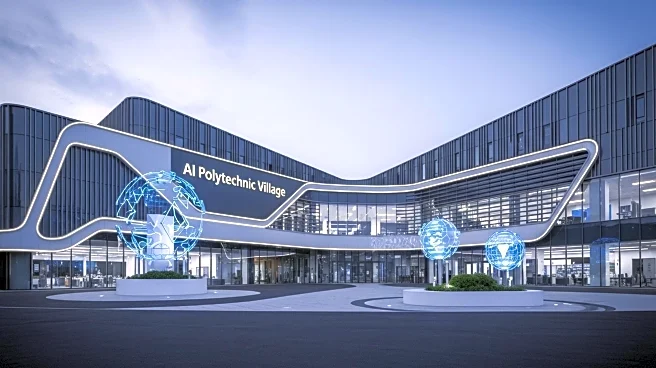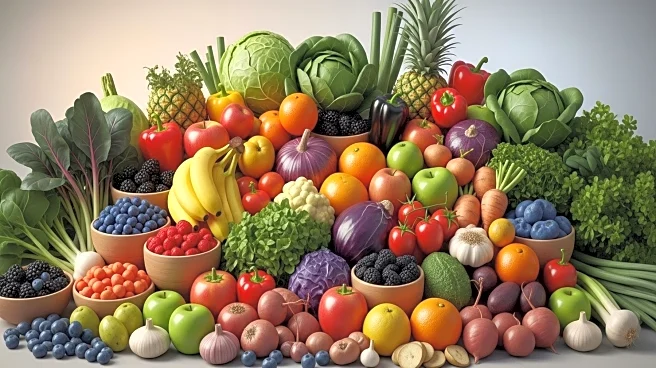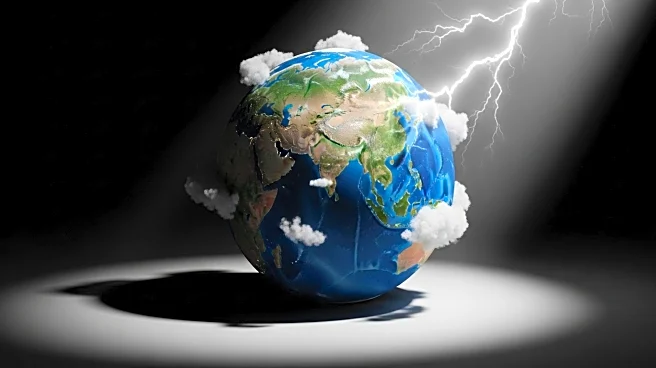What is the story about?
What's Happening?
Recent data from the World Bank, highlighted by Visual Capitalist, reveals that Africa is home to 20 of the 30 countries with the highest levels of extreme poverty globally. Extreme poverty is defined as living on less than three dollars per day, adjusted for purchasing power parity. The Democratic Republic of Congo leads the continent with 85.3% of its population living below the poverty line, followed by Mozambique, Malawi, and Burundi. The concentration of poverty in sub-Saharan Africa is attributed to slow industrial growth, weak infrastructure, and limited access to essential services. Despite modest GDP growth in countries like Zambia and Zimbabwe, economic benefits have not been evenly distributed.
Why It's Important?
The prevalence of extreme poverty in African nations underscores significant challenges in achieving sustainable development and economic equality. The data highlights the need for targeted interventions to address infrastructure deficits, enhance access to education and healthcare, and stimulate industrial growth. Persistent poverty impacts social stability and economic progress, affecting millions of lives and hindering regional development. The situation calls for international cooperation and investment to support poverty alleviation efforts and promote inclusive growth across the continent.
What's Next?
Addressing extreme poverty in Africa requires comprehensive strategies involving government policies, international aid, and private sector investment. Efforts to improve infrastructure, education, and healthcare access are crucial for fostering economic opportunities and reducing poverty levels. Stakeholders may focus on enhancing agricultural productivity, supporting small businesses, and promoting industrialization to drive economic growth. Collaboration between African governments and international organizations will be essential in implementing effective poverty reduction programs.
Beyond the Headlines
The data on extreme poverty in Africa highlights broader issues of inequality and social justice. The disparity between economic growth and social welfare reflects systemic challenges that require long-term solutions. Addressing poverty involves tackling governance issues, promoting transparency, and ensuring equitable distribution of resources. The focus on poverty alleviation aligns with global sustainable development goals, emphasizing the need for inclusive and sustainable economic growth.
AI Generated Content
Do you find this article useful?
